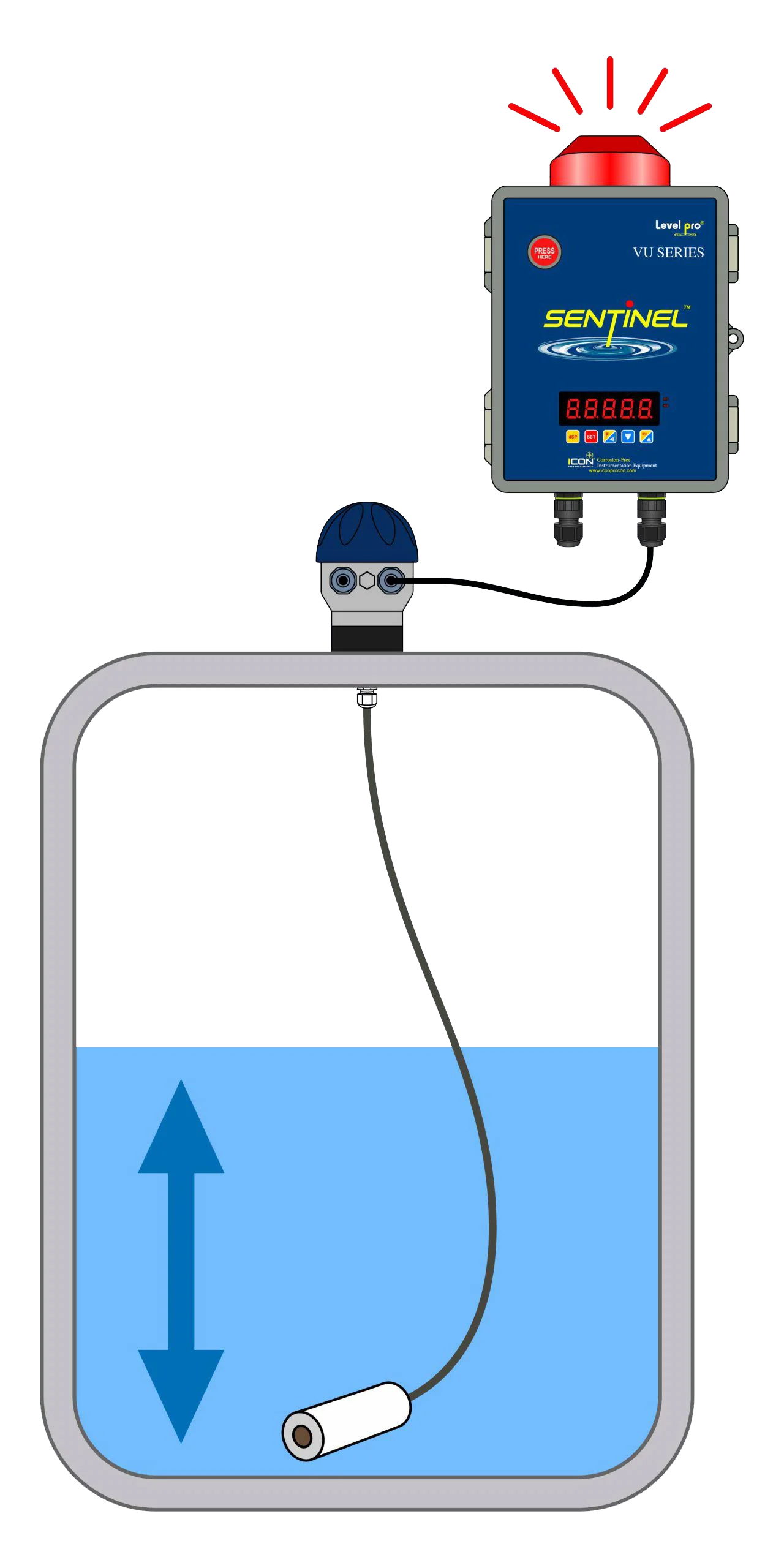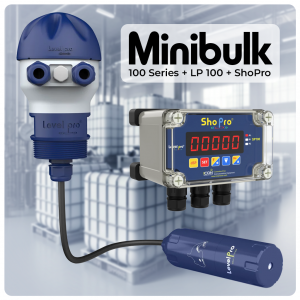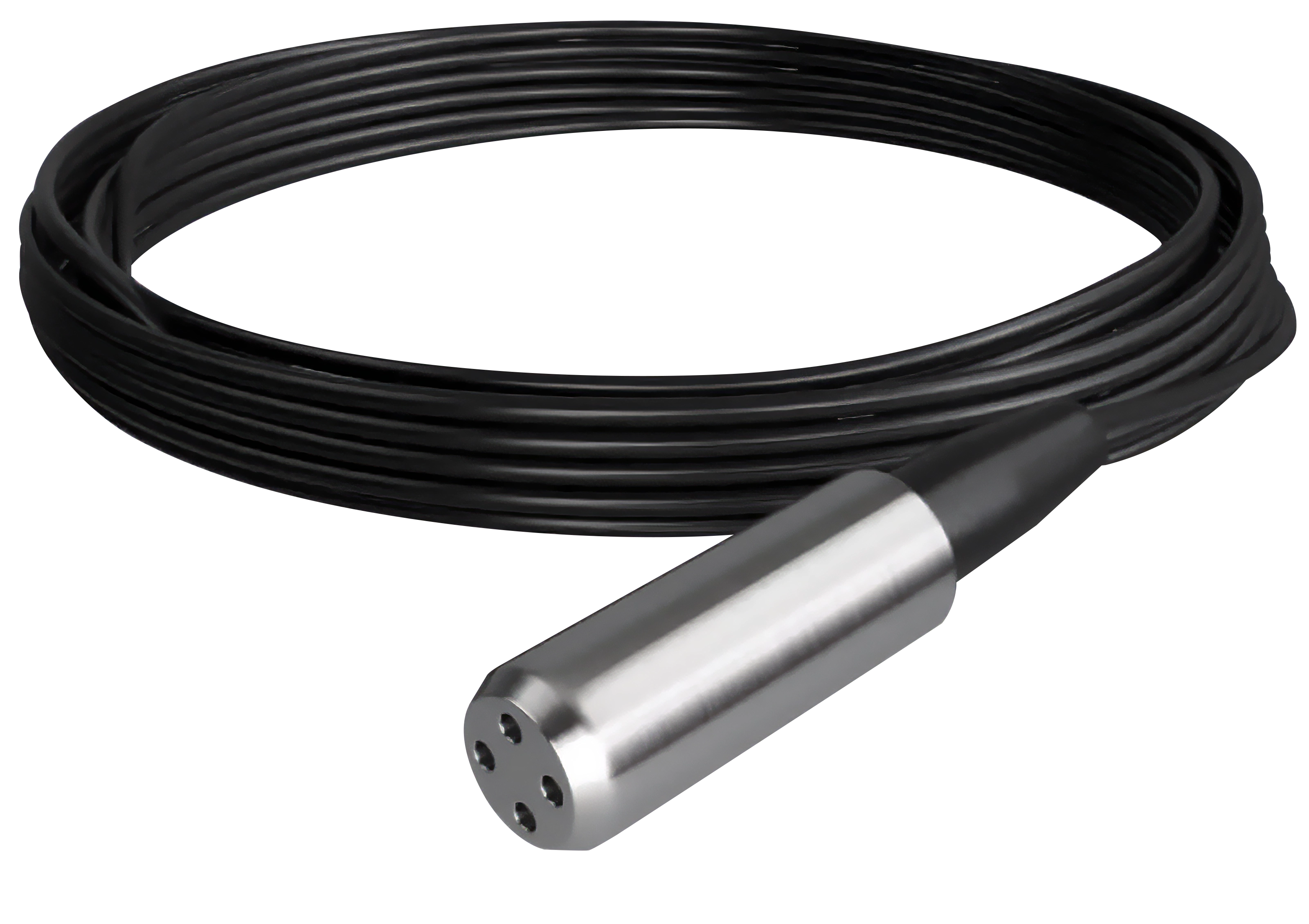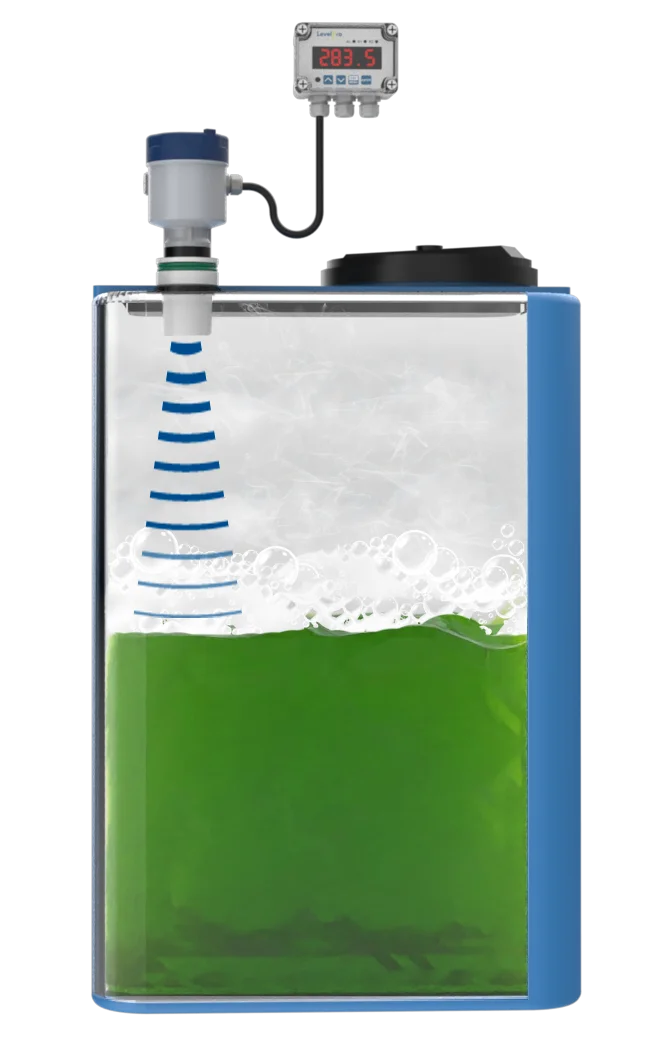Best Level Sensor For Bulk Chemicals

The level of liquid in a tank or other container can be determined with a submersible level sensor. It operates by determining the liquid head pressure, or the force the liquid’s weight has on the sensor. The diaphragm of the sensor experiences pressure from the liquid’s head pressure. The diaphragm material in plastic submersible sensors is made of ceramic.
The sensor is frequently put at the tank’s bottom and is made to be immersed in liquid.
The force that different liquids or liquids with varying percentages exert is referred to as specific gravity. Water has a S.G. of 1, which is the same. Each submersible level sensor has a measurement range that is compared to water. For every foot of liquid water column, or one (1) Psi, of pressure, water, or H2O exerts, Therefore, a submersible level sensor with a 10 Psi range could measure 23.1 feet of water.
If the substance being measured had a specific gravity of 2, the sensor’s new range would be cut in half. 23.1/2 = 11.55 ft.
Similar to this, the range would be expanded if the liquid medium was lighter than water. S.G = 0.5, hence the new range is now 46.2 ft (or 23.1/0.5).
In submersible level sensors, sensing diaphragm technology come in a variety of forms. Capacitance is a well-liked technology that makes use of an electrode to monitor modifications in the electrical capacitance of the diaphragm brought on by variations in the liquid level.
The normal output signal for submersible level sensors is a 4-20 mA signal, which is a typical industrial output signal. They offer a high degree of precision, don’t require programming, and are simple to operate.
To ensure that the sensor is protected from chemicals, it is crucial to utilise chemical resistant o-ring seals in addition to the detecting diaphragm technology.
Integral weights for plastic sensors are crucial because they help maintain the sensor’s correct position in the liquid at the tank’s bottom.
Submersible level sensors can be made out of PVC, CPVC, PP, PVDF, PTFE Teflon, and 316SS.
In applications involving water and mild chemicals, PVC and CPVC are frequently employed.
Applications requiring higher temperatures and greater chemical resistance use PP.
When high strength and chemical resistance are required, PVDF is employed in chemical applications.
Extreme chemical applications require PTFE Teflon.
Applications requiring corrosion resistance, such as those involving potassium or sodium hydroxide, use 316SS. Both substances damage the ceramic detecting membrane.
In summary, a submersible level sensor measures the head pressure of the liquid when it is at the bottom of the tank in order to determine the level of liquid in a tank or other container.
They offer a high degree of precision, don’t require programming, and are simple to operate. For plastic sensors, it’s crucial to employ chemically resistant o-ring seals and inherent weight. PVC, CPVC, PP, PVDF, PTFE Teflon, and 316SS are among the materials used in the manufacture of submersible level sensors and are suited for various applications.
Learn more about chemical level sensors
Please contact us to discuss your application


